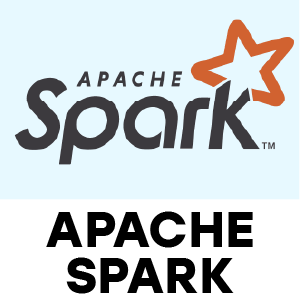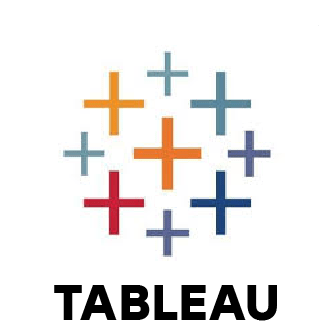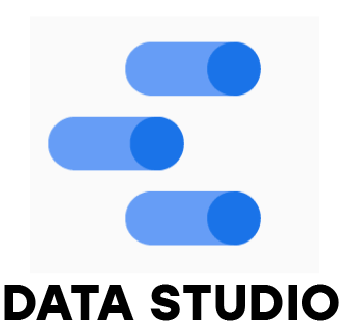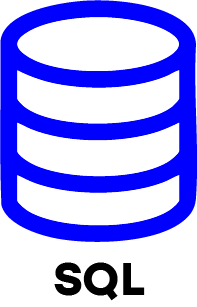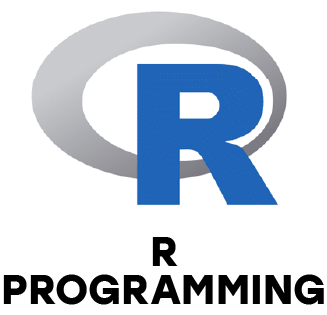1. What is backpropagation in machine learning?
Ans:
Backpropagation is technique used in neural networks that helps the model learn from its mistakes. It works by calculating the difference between the predicted output and the actual output, then adjusting the weights of the network in reverse layer by layer. This process allows the model to gradually improve its accuracy over time by minimizing errors.
2. How does crossover differ from straight through methods in neural networks or algorithms?
Ans:
Crossover is a method used in genetic algorithms where two parent solutions combine to produce new offspring by mixing their features. On the other hand, the straight through method involves passing values directly during training commonly in neural networks to enable gradient flow through non differentiable operations. Both approaches enhance learning but are applied in different contexts.
3. What does SMTP stand for and what is its function?
Ans:
SMTP stands for Simple Mail Transfer Protocol. It is the communication protocol responsible for sending emails across the internet between mail servers. SMTP manages only the sending and routing of emails and does not handle receiving or storing messages which are managed by other protocols.
4. What is clustering support in data analysis?
Ans:
Clustering refers to process of grouping similar data points together based on shared features. Clustering support includes tools and systems designed to help create, manage, and analyze these groups. This helps in uncovering patterns and relationships within large datasets that might not be obvious otherwise.
5. What role does IEEE play in computer networking?
Ans:
IEEE is an organization that develops and maintains technical standards for networking and communications. Their standards ensure that devices and networks can interoperate smoothly. For example, Wi-Fi technology is based on IEEE’s 802.11 standards which define how wireless communication should work.
6. How would you define machine learning?
Ans:
Computers may learn from data and make judgments or predictions without explicit programming thanks to machine learning, a subfield of artificial intelligence. It involves analyzing patterns in data and using these patterns to improve performance on specific tasks over time.
7. What is function overloading?
Ans:
A programming idea known as "function overloading" occurs when several functions have the same name but vary in the quantity or kind of their parameters. When the function is called the program determines the correct version to execute based on the arguments provided.
8. What are key points to know about Python?
Ans:
Python is a high level easy-to-learn programming language known for its clear and readable syntax. It is widely used in various fields such as web development, data science, automation and scripting. One of Python strengths is extensive library ecosystem which simplifies complex tasks and accelerates development.
9. What is a tunneling protocol in computer networks?
Ans:
A tunneling protocol allows one type of network data to be encapsulated within another protocol enabling it to travel securely across a different network. This encapsulation creates a “tunnel” through which data can be transmitted safely over the internet, frequently employed in virtual private networks (VPNs) to safeguard the privacy of data.
10. What do DDL, DML, and DCL mean in SQL?
Ans:
In SQL, DDL (Data Definition Language) includes commands that define or modify database structures such as creating or altering tables. DML (Data Manipulation Language) consists of commands used to manage the data itself, like inserting, updating or deleting records. DCL (Data Control Language) involves commands that control access to the data, such as granting or revoking user permissions.

